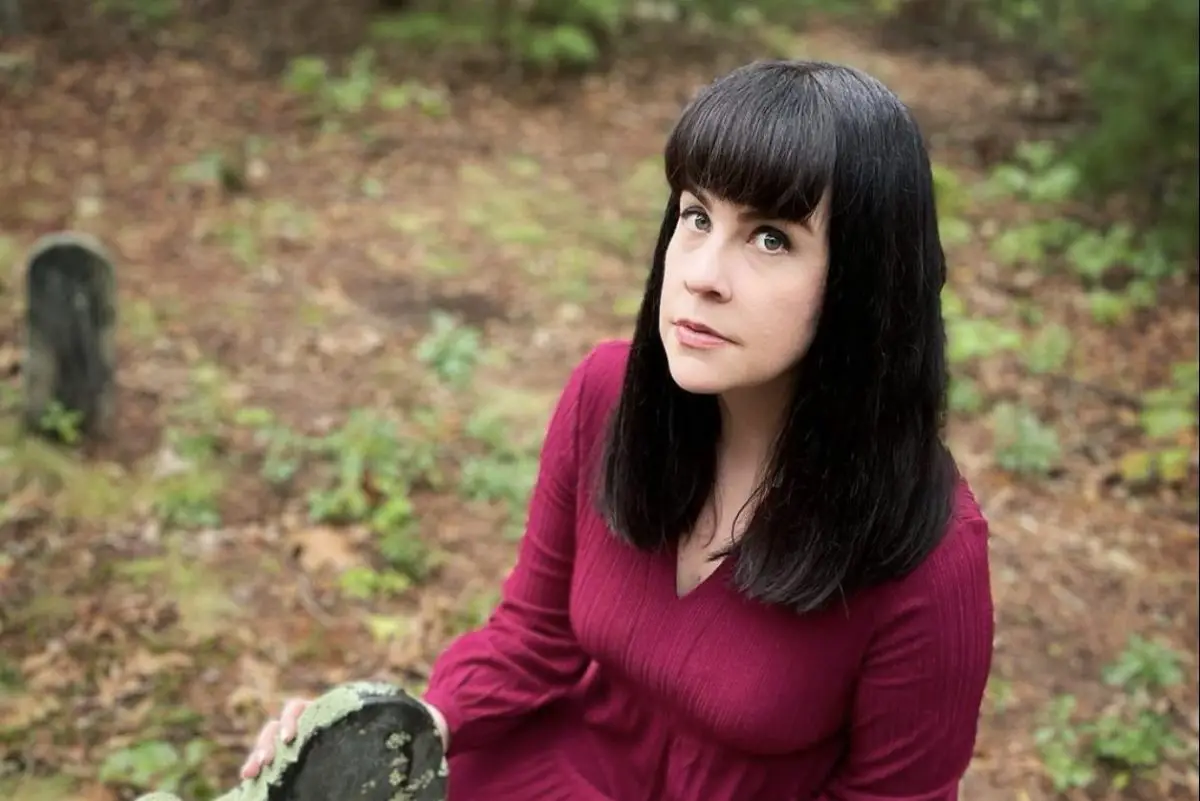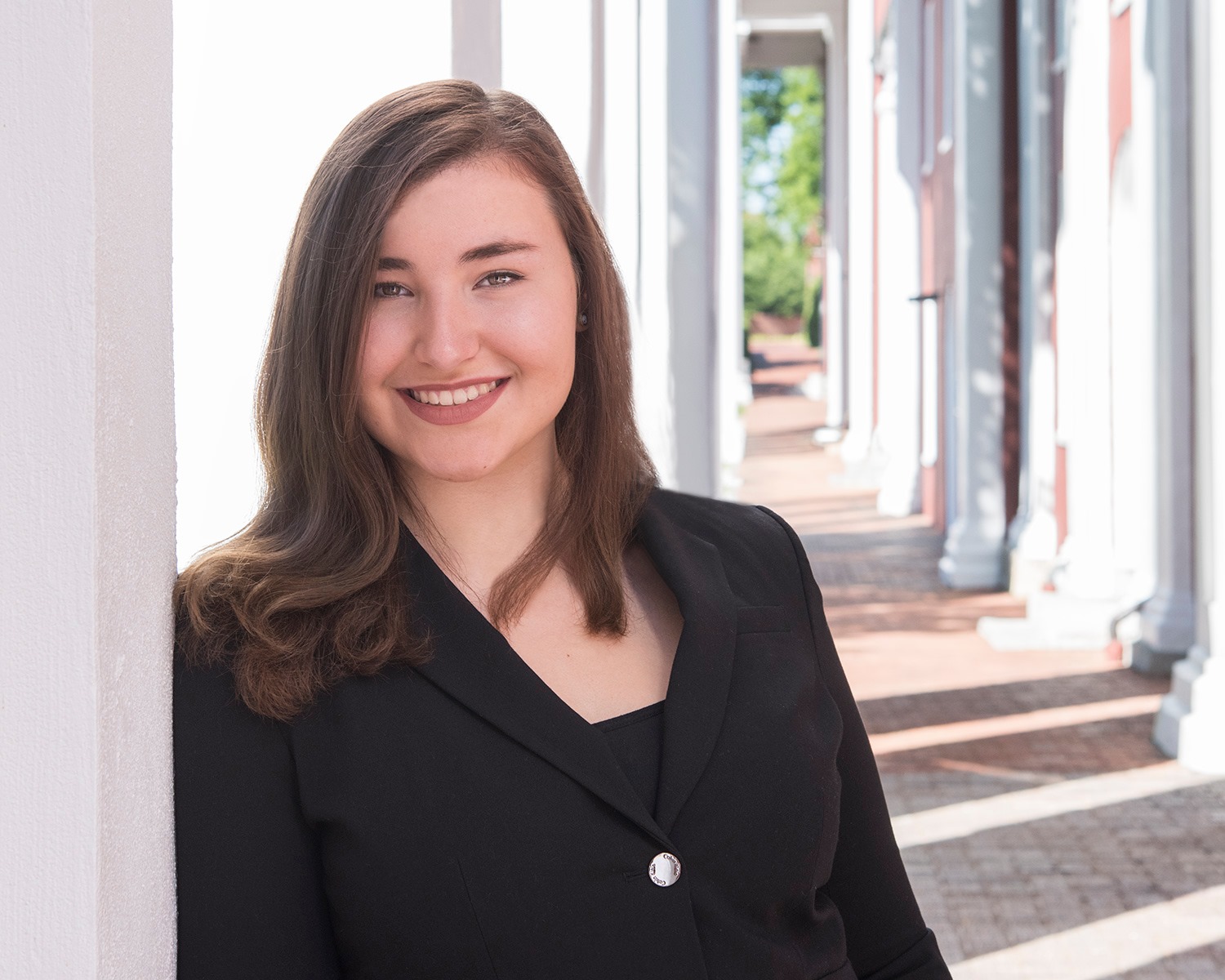People talk a lot about what it means to lead “a life well-lived,” but for all of our focus on the “good life,” nobody wants to talk as much about the “good death.” Death is the one thing we all have in common, yet we all seem to want to ignore it as much as possible until we’re forced to confront it. This subconscious denial means that we may not be equipped to healthily face mortality when the time comes.
That’s why mortician Caitlin Doughty and her organization The Order of the Good Death seek to end the stigma around the discussion of death and dying by examining the good death in a culture that “hides our dead behind closed doors.” Doughty and her Order believe that everyone can get over the fear of sounding “too morbid” and improve their quality of life by embracing the end of it.
What Is The Death Positivity?
The body-positive movement seeks to end the stigma surrounding the human body in all its natural diversity. The sex-positive movement addresses the biases against sexual liberty and sex work. Similarly, the death-positive movement exists to counterbalance narrow cultural conceptions of a core facet of the human condition.
Why are there a zillion websites and references to being sex positive and nothing for being death positive?
— Caitlin Doughty Updates (@TheGoodDeath) April 28, 2013
The Order of the Good Death makes it clear that “death positive” does not mean avoiding mourning or feeling “positive” about death. Instead, they state, “Death positive means you should be given support during and after a death, including the ability to speak freely about your grief and experiences.” Death positivity embraces anxiety toward death and the dark emotions that surround it by calling for more open dialogue. After all, no one faces the inevitability of mortality alone, and the Order believes that open communication about our shared fate can only lessen its sting.
In a time of pandemic, death on a mass scale has once again become part of the public consciousness. With that in mind, the Order compiled resources addressing death during COVID-19 and the increased strain on bereavement practices. As we work our way back toward a healthy society, it’s important to keep having conversations about death and dying, so we can make sense of our reality.
In a video interview with Brut., Doughty says, “It’s not that you can’t find death everywhere. You find it in the news, you find it on the Internet, you find it in cartoons, you find it in crime shows. It’s absolutely everywhere and it shows how obsessed we are underneath the surface subconsciously with our own mortality. But I think we should bring it out into the open. Subconscious fear of death drives us in negative ways whereas open fear of death or open acknowledgment of our own deaths can help us in positive ways.”
The Movement’s History
As the helpful timeline on the Order’s website points out, no movement can exist in a vacuum, and the death-positive movement can be traced back to the ‘70s, when the hospice movement began to grow. In 1974, the first hospice in the U.S. opened to serve terminally ill patients in a humane and accessible way. The goals of hospice aligned with those of the death-positive movement, and there has been a positive correlation between the two in recent years.
In 1976, Congress passed the Natural Death Movement and the Natural Death Act, which gave individuals the right to refuse unwanted life-sustaining medical intervention. The Order notes that advance directives continue to be a powerful tool in death advocacy for trans and nonbinary people looking to protect their identities in death. The ‘70s also saw the rise of the Chicano movement, where people’s proud embrace of their roots brought traditions like Día de los Muertos into the U.S. public eye. In recent years, the rituals, imagery and beliefs of Día de los Muertos have been used to advance the discussion of death.
The death acceptance movement of the ‘80s brought the interdisciplinary issue of palliative care further into the public eye as events like the HIV/AIDS crisis impacted national discussions of death and dead bodies. At a time when cultural myth held that AIDS victims’ very bodies posed a threat to public safety, LGBTQ+ and AIDS activists participated in events like “die-ins,” wherein protesters gathered en masse to represent the bodies piling up due to government inaction. Regarding the advocacy of ACT UP (AIDS Coalition to Unleash Power), Matt Brim, a professor of queer studies at City University of New York, said, “They forced social and cultural institutions to take responsibility for the AIDS deaths by having to physically move the protesters’ bodies.”
The ‘90s saw the rise of green burials and home funerals that stand as alternatives to the norms of the “funeral industrial complex,” which includes embalming, caskets and concrete or metal vaults that prevent bodies from decomposing naturally. This momentum carried into the early 2010s as more death initiatives emerged, including death cafes, human composting, death doulas and, of course, the founding of the Order of the Good Death in 2011. Since then, the Order has sought to build off existing death initiatives and seek empowerment in end-of-life planning and practices.
“Ask a Mortician”
While the wider death-positive movement has been brewing since the ‘70s, the Order’s origin can be traced back to Caitlin Doughty. Doughty founded the Order in 2011 after being exposed to the funeral industrial complex as a young funeral director. She began speaking out on the issues within her industry in her YouTube videos, including those that became part of her popular “Ask a Mortician” series that has since been viewed over 1.4 million times.
The series was built off a simple premise: Doughty said, “You ask a question about death, dying, decomposition, mourning, funeral customs—and I will answer it.” In the videos, Doughty informs her audience members, or “deathlings,” about topics like donating your body to science, what happens to hip, knee and breast implants when you die, keeping corpse mementos, the phenomena of exploding caskets and much more, all in her uniquely hyper and wacky way.
Some audience members latch onto the macabre details Doughty isn’t afraid to share in graphic detail, commenting things like, “After watching videos on burials and cremations, I have decided that I’m just not going to die!” But many bereaved find comfort in the information, as well.
Dave Deweese writes, “My mom just passed and her body will be cremated. We all know that kid feeling of asking a question, getting an answer, and sensing that the grownups are keeping back some of the details: thanks, Caitlin, for a detailed and honest explanation. You’re that cool aunt who keeps it light, but also keeps it real.”
Along with her classic “Ask a Mortician” videos, Doughty talks about “Iconic Corpses”, “Deathstinations” and infamous historical true crime events like the Donner Party and Dyatlov Pass incident. Doughty knows that death is serious business, but she grounds her somber respect for the dead with her quirky, over-the-top humor, which helps to ease some of the viewers’ discomfort.
If knowledge is power, then the taboos surrounding end-of-life care and postmortem processes can only disempower those who cope best through full understanding. While some people might still prefer not to listen to the gory details of what happens to their loved ones’ bodies when they’ve died, the ability to access those details is important. Doughty provides answers to the most common and out-of-pocket questions alike, satisfying the morbid curiosity in all of us — something the Order of the Good Death lets us know is perfectly natural and healthy.
Building A Good Death
Overall, the Order of the Good Death wants you to build and enjoy a “meaningful, eco-friendly, and equitable end of life.” Their website states, “Death is universal and inevitable. Unless you have some secret immortality formula you haven’t shared, every one of us will die. We believe our deaths should be supported—financially, emotionally, and culturally—in ways our modern culture and death services often fail to do.”
Building a good death might look like researching environmentally friendly burials, advocating for legislation to protect against funeral poverty, save at-risk burial grounds or simply thinking about your own inevitable death and potential end-of-life plans. No matter what, the Order of the Good Death encourages you to get started now because if you make peace with death in the present, you can focus on the business of living unburdened.

















